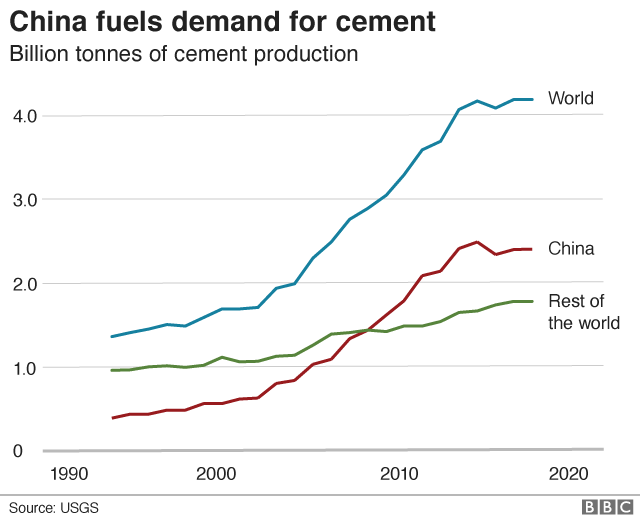How the scramble for sand is destroying the Mekong
Published on by Water Network Research, Official research team of The Water Network in Academic
 Image captionDesert sand is too smooth and fine to bind to make concrete, so sand is removed from the beds of rivers, such as the Mekong
Image captionDesert sand is too smooth and fine to bind to make concrete, so sand is removed from the beds of rivers, such as the Mekong
A crisis is engulfing the Mekong River, its banks are collapsing and half a million people are at risk of losing their homes.
The entire ecosystem of this South East Asian river is under threat, all because of the world's insatiable demand for sand.
Extracted from the bed of this giant river in Cambodia and Vietnam, sand is one of the Earth's most sought-after resources. Up to 50 billion tonnes are dredged globally every year - the largest extractive industry on the planet.
"Extraction is happening at absolutely astronomical rates, we're having an industrial-scale transformation of the shape of the planet," says river scientist Prof Stephen Darby at Southampton University.
His studies on the lower Mekong show its bed has been lowered by several metres in just a few years, over many hundreds of kilometres, all in the quest for sand.
From highways to hospitals, sand is the essential component for industries as varied as cosmetics, fertilisers and steel production - and particularly for cement.

In the last two decades demand has increased threefold, says the UN, fueled by the race to build new towns and cities.
Media
Taxonomy
- River Engineering
- River Engineering